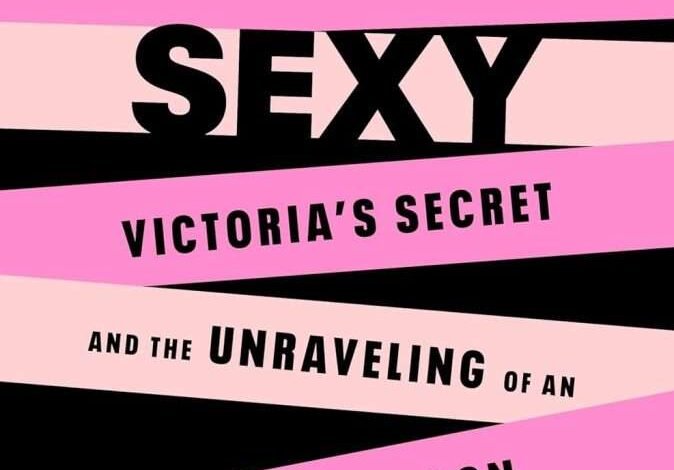Selling Sexy: Victoria’s Secret and the Unraveling of an American Icon


 Selling Sexy: Victoria’s Secret and the Unraveling of an American Icon (Henry Holt, 2024) by Lauren Sherman and Chantal Fernandez is the story of how Victoria’s Secret skyrocketed from a tiny chain of boutiques to a retail phenomenon with more than $8 billion in annual sales at its peak — all while defining an impossible beauty standard for generations of American women — before the brand’s tight grip on the industry finally slipped.
Selling Sexy: Victoria’s Secret and the Unraveling of an American Icon (Henry Holt, 2024) by Lauren Sherman and Chantal Fernandez is the story of how Victoria’s Secret skyrocketed from a tiny chain of boutiques to a retail phenomenon with more than $8 billion in annual sales at its peak — all while defining an impossible beauty standard for generations of American women — before the brand’s tight grip on the industry finally slipped.
Victoria’s Secret is one of the most influential and polarizing brands to ever infiltrate the psyche of the American consumer. Almost right at its start in the late 1970s, the company developed a cult following for its glamorous catalogs.
Back then, shoppers had few alternatives to the stodgy department stores that sold most of the nation’s intimate apparel.
By 1982, the founders of Victoria’s Secret avoided bankruptcy by selling to Les Wexner, the fast-fashion pioneer behind the Limited, whose empire of mall brands would go on to dominate American retail for forty years.

 Wexner turned Victoria’s Secret into a multibillion-dollar business, and the brand’s cultural influence soared thanks to its airbrushed advertisements and annual televised fashion show, which drew millions of viewers each year. Its supermodel spokeswomen, the sweet but sultry Angels, personified a new American beauty standard.
Wexner turned Victoria’s Secret into a multibillion-dollar business, and the brand’s cultural influence soared thanks to its airbrushed advertisements and annual televised fashion show, which drew millions of viewers each year. Its supermodel spokeswomen, the sweet but sultry Angels, personified a new American beauty standard.
But as our definition of beauty expanded, Victoria’s Secret failed to evolve and reached a crisis point. Meanwhile, Wexner became increasingly known for his complicated relationship with sex trafficker Jeffrey Epstein, his former financial adviser and confidant.
Selling Sexy draws from sources within Victoria’s Secret and across the industry to examine the rise of one of the most innovative brands in retail history — a brand that today, under new ownership, is desperately trying to seduce shoppers again.
Co-author Lauren Sherman has been reporting from inside the fashion industry for more than fifteen years. Now a special correspondent at Puck, she was the Business of Fashion’s chief correspondent, and before that a staff reporter at Forbes. She has contributed to the Wall Street Journal and the New York Times, as well as Fast Company, Women’s Health, and the Gentlewoman.
Co-author Chantal Fernandez is a writer covering fashion, retail, luxury, and beauty with a focus on business and culture. She is currently a features writer for The Cut at New York magazine. A former senior reporter at Business of Fashion, her work has appeared in the Financial Times, the New York Times, Elle, and Harper’s Bazaar. She lives in Brooklyn with her husband.
Upcoming event: Chantal Fernandez will be on hand to discuss her book during the 8th Annual Albany Book Festival this Saturday.
Book Purchases made through this Amazon link support the New York Almanack’s mission to report new publications relevant to New York State.
Read more about Fashion History
Illustration: Victoria’s Secret Store, Lexington Ave, New York, NY Dec 2012 (WestportWiki).
Source link




